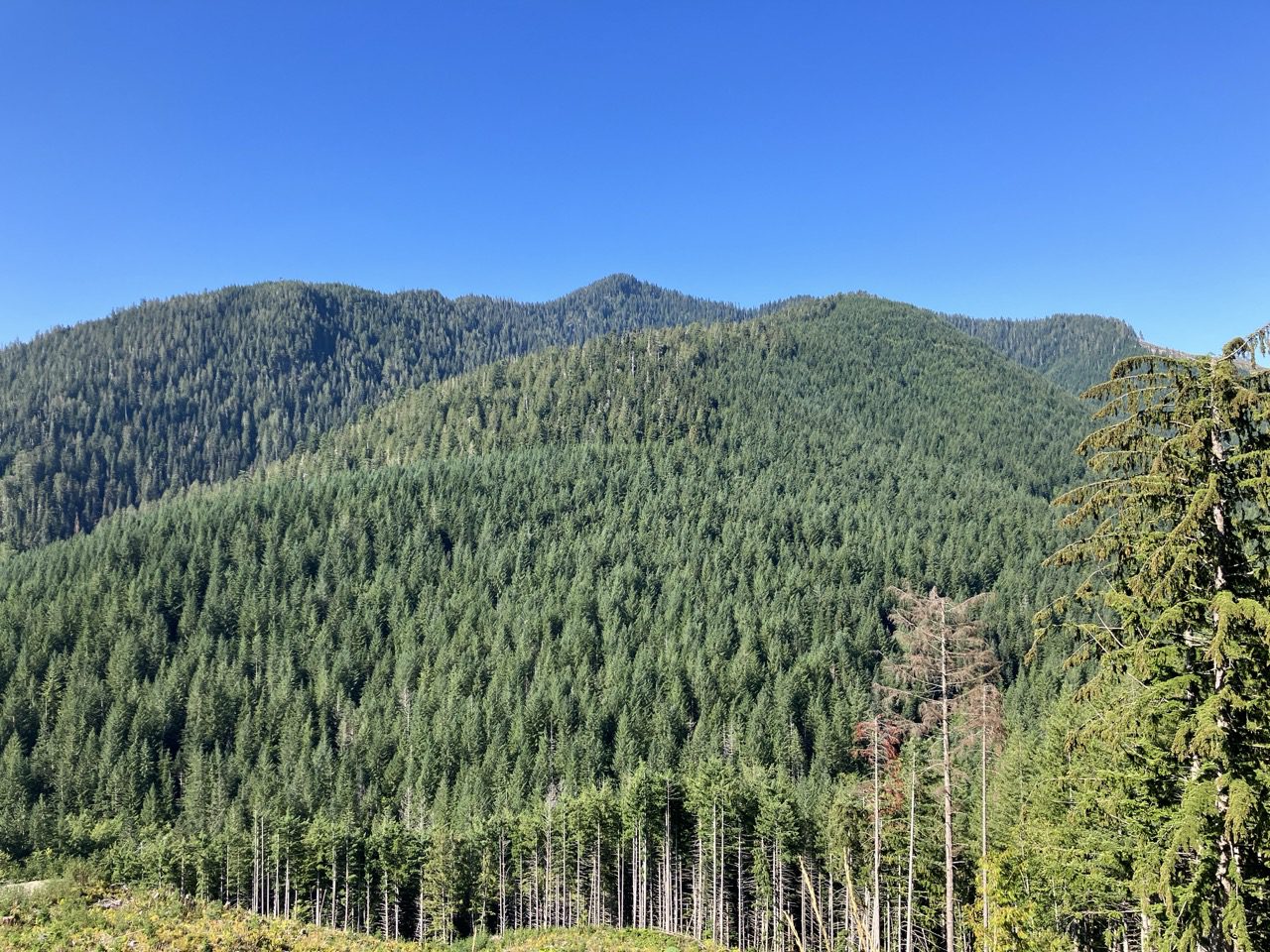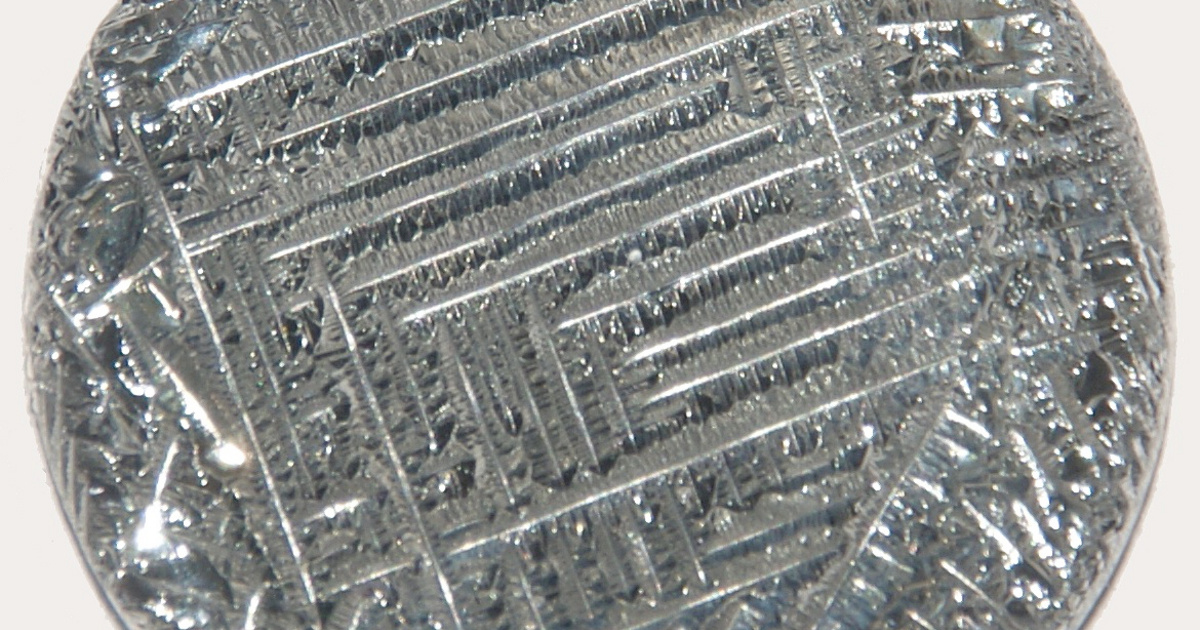Astronomers at Radboud University in the Netherlands discovered tellurium after a kilonova explosion using NASA’s James Webb Space Telescope. Tellurium is chemical element No. 52, and is rarer than platinum on Earth.
The hydrogen and helium in the universe were born in the Big Bang 13.8 billion years ago, while the heavier elements are created by fusion inside stars. The fusion of elements heavier than iron no longer results in a surplus of energy, but is produced in a neutron-rich environment, in supernova explosions, during the collision of large neutron stars. James Webb noted the latter. Astronomy calls the collision of the most massive celestial bodies, neutron stars or black holes, kilonovas. These are cosmic events that release harsh energies.
The hero of the event that occurred a billion light-years away is a pair of stars bound together by gravity. When one member of the pair reached the end of its life, it went supernova and flew out of its galaxy, dragging its partner with it. Several hundred million years later, after they had moved about 120,000 light-years away from the galaxy, and the other member of the pair had also become a dead neutron star, they merged. It all happened on March 7 of this year, and the kilonova was the second most powerful gamma-ray burst since we’ve observed cosmic gamma rays. The gamma-ray burst that accompanies star mergers usually lasts for two seconds, and the event observed by the Fermi Space Telescope in March was a thousand times more powerful than known events and lasted much longer, 200 seconds. The event was also monitored by a series of ground-based observatories, and they were able to examine it in the X-ray, infrared and radio ranges – in the visible range, for example, it was accompanied by a faint reddish light, that is, it was absolutely stunning.
James Webb turned to the location identified by Fermi and discovered tellurium by examining the cloud of material created during the collision. the nature Research published in its columns
Historic milestone:
This is the first time we have been able to directly observe the formation of heavier elements.
Just over 150 years after Dmitri Mendeleev wrote the Periodic Table of the Elements, we are in a position to use the Web to fill in the gaps in our knowledge and understanding of what everything is made of
“Andrew Levan, lead author of the research, said in his statement.
Tellurium itself has no biological function, and the iodine next to it, on the other hand, is very important for life. The cloud of material erupting from the kilonova certainly contains iodine, among other heavy elements.
The next space telescope, named after NASA’s first senior astronomer, Nancy Grace Roman, is expected to be able to predict similar events using its infrared camera with a viewing angle 100 times greater than the Hubble telescope. Nancy Grace Roman is scheduled to be launched into space by SpaceX’s Falcon Heavy launch vehicle in October 2026.
(NASA, Space.com website, Wikipedia)




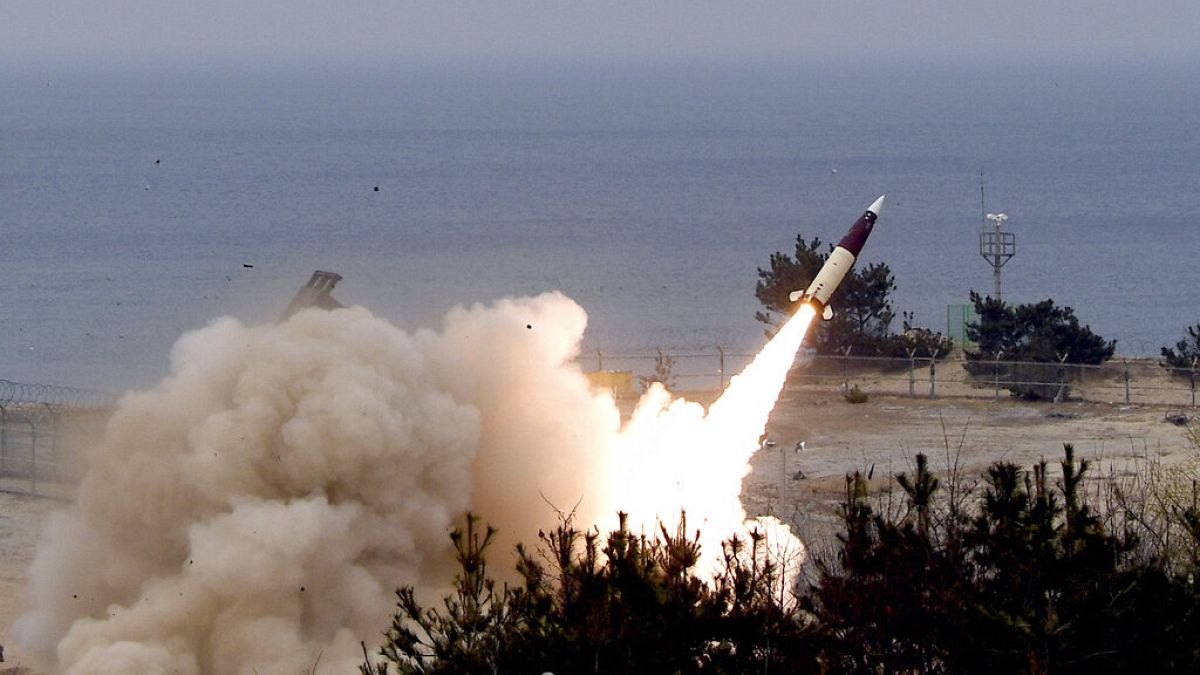













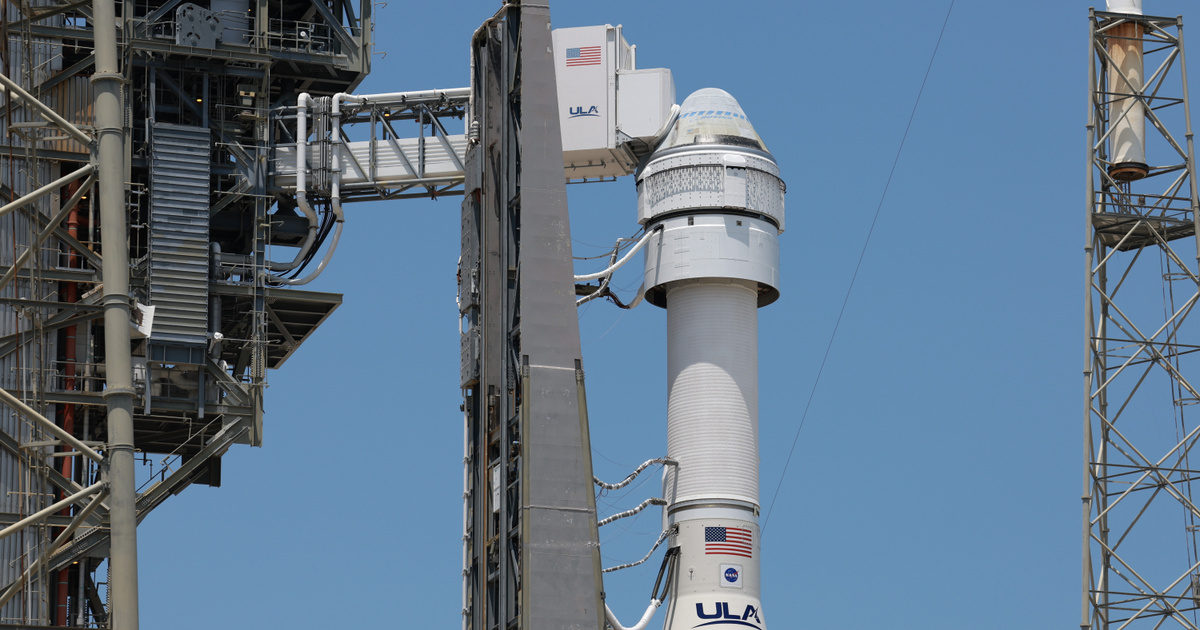
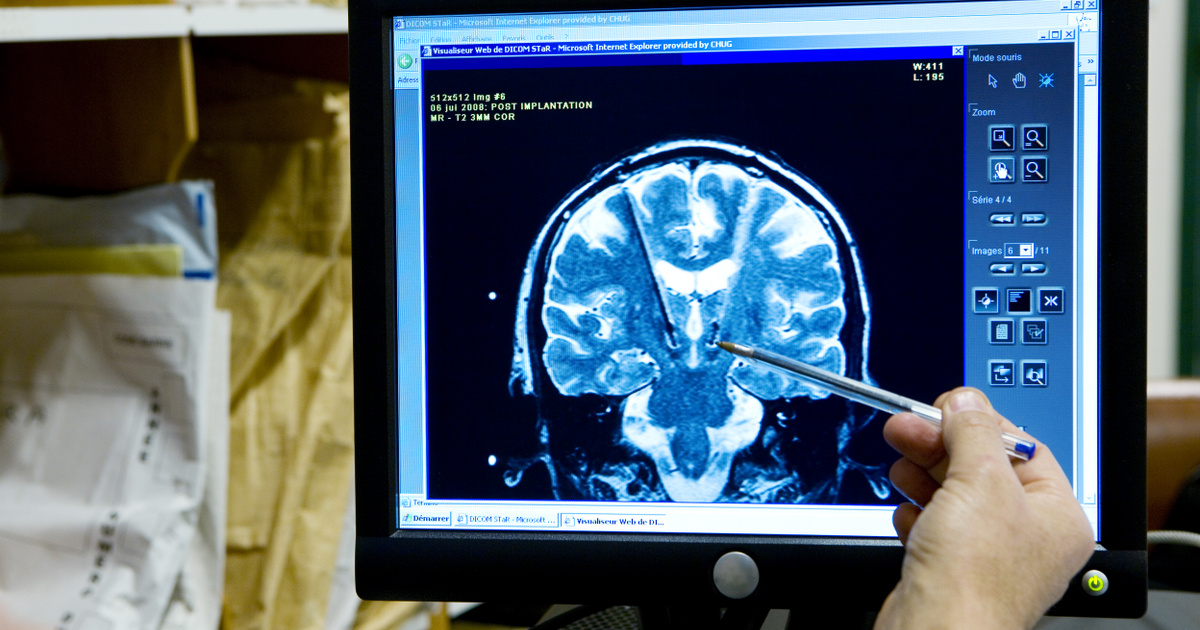
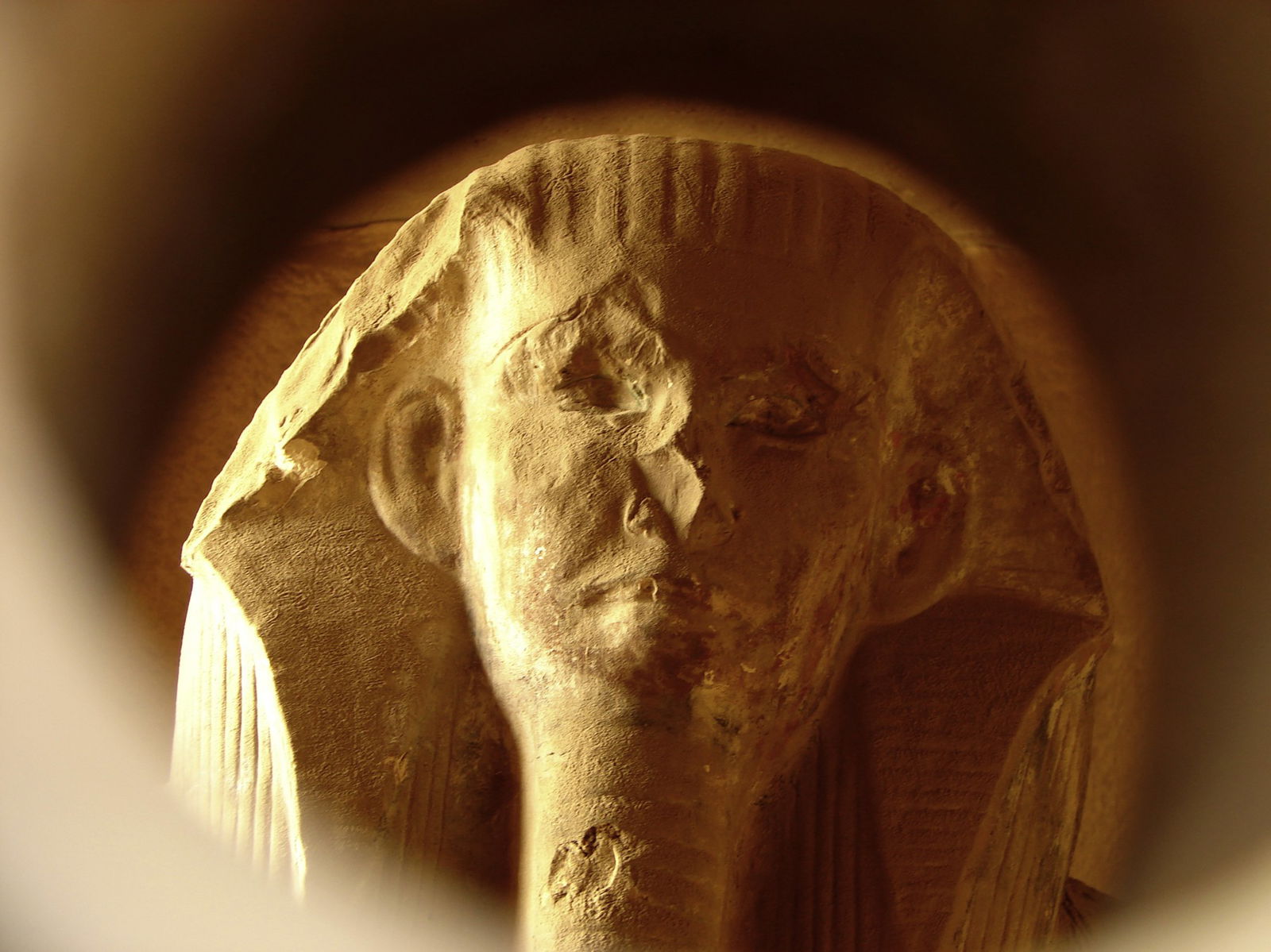


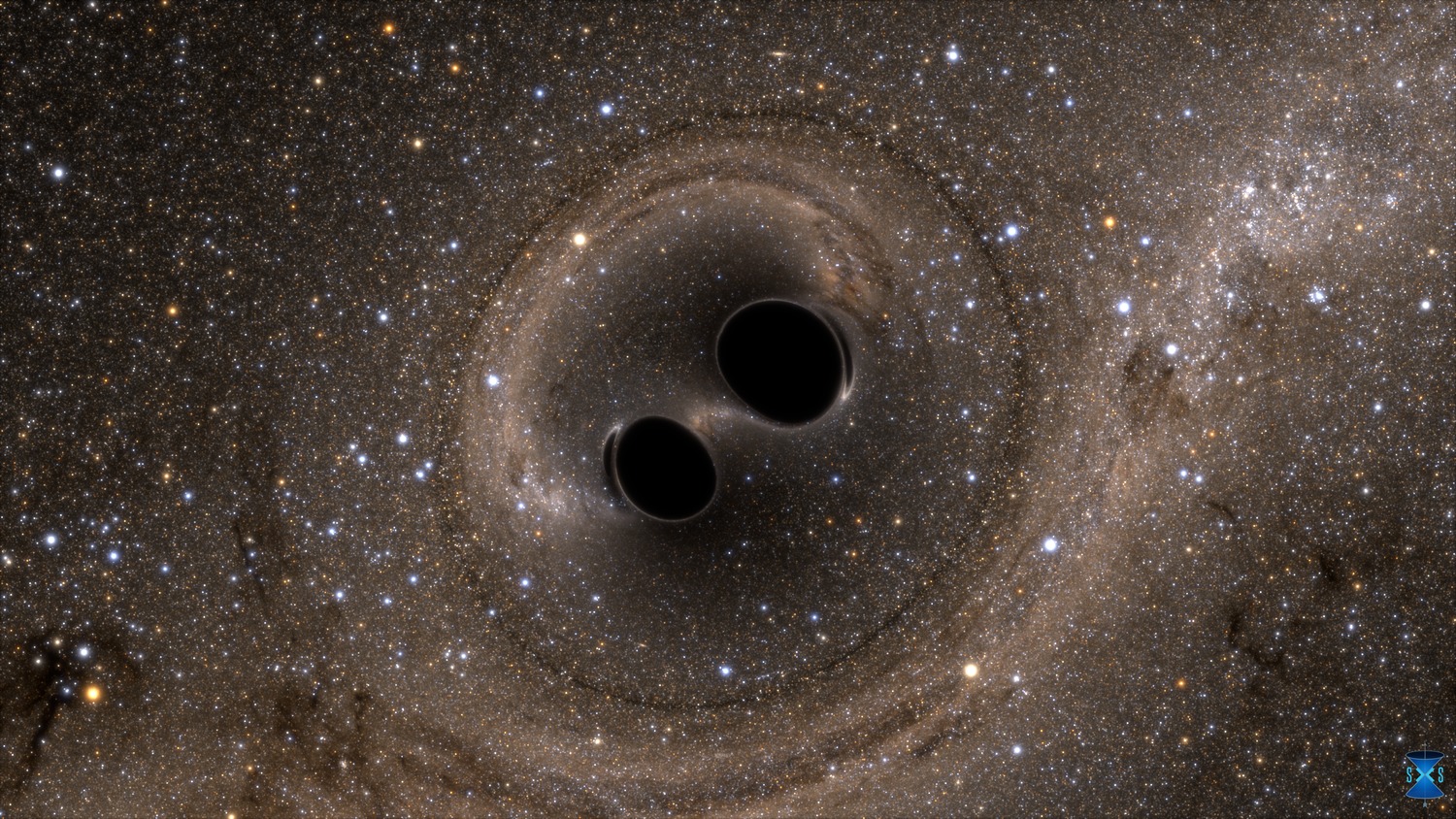
![The Italian Souls clone has been delayed, but is coming to multiple consoles [VIDEO]](https://thegeek.hu/wp-content/uploads/sites/2/2024/05/thegeek-Enotria-The-Last-Song-1.jpg)




